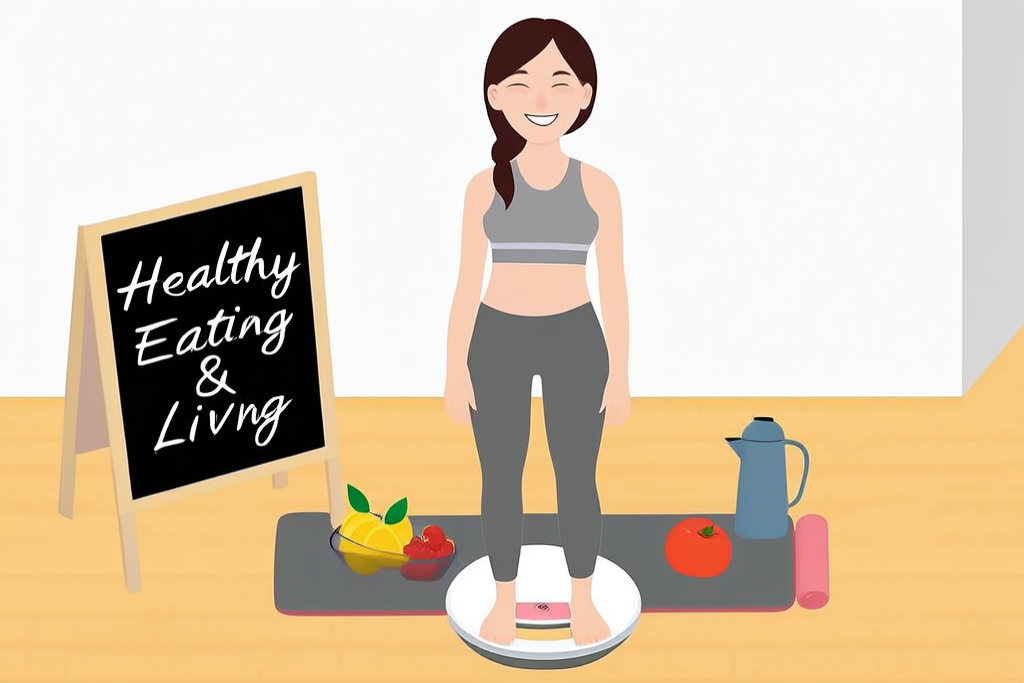
Achieving effective and sustainable weight loss isn’t just about hitting the gym; it’s a synergistic effort where exercise must be thoughtfully combined with dietary control. Relying solely on exercise without adjusting your eating habits can sometimes, paradoxically, lead to weight gain if increased activity inadvertently boosts calorie intake.
Many people search for the “magic bullet” – the single best exercise or optimal time to work out for maximum weight loss. However, the truth is simpler and more empowering: the most effective exercise regimen is one you can consistently adhere to in the long term. Sustainability trumps any supposedly “superior” but unsustainable routine.
For weight reduction, prolonged sessions of low-to-moderate intensity aerobic exercise are particularly effective. Aim for 5 to 7 aerobic sessions per week. Good choices include continuous, rhythmic activities that engage large muscle groups, such as brisk walking, cycling, or swimming. If you’re carrying significant excess weight, be mindful that prolonged walking or running can strain your joints. In such cases, starting with non-weight-bearing exercises like cycling or swimming is advisable to protect your joints while still reaping cardiovascular benefits.
In terms of duration, adults looking to lose weight should aim for 150 to 420 minutes of aerobic exercise per week, starting with smaller amounts and gradually increasing. To maintain weight once your goal is reached, about 200 to 300 minutes per week is generally recommended.
While aerobic exercise is excellent for burning calories, relying on it exclusively can make it challenging to preserve lean body mass (your muscle). To counteract this and support a healthy metabolism, incorporate 2 to 3 resistance training sessions (strength workouts) into your weekly routine. This helps build and maintain muscle, which is crucial for long-term weight management.
Remember, every bit of extra physical activity contributes to your daily calorie expenditure. Simple changes like taking the stairs instead of the elevator, standing while talking on the phone, or even stepping in place while watching television can make a cumulative difference.
Let’s debunk some common myths. Fat burning doesn’t magically start only after 30 minutes of exercise; your body begins to break down fat from the very first minute of activity. Similarly, sweating more doesn’t equate to greater fat loss; exercise duration and intensity are far more critical indicators of an effective workout. The immediate drop in weight you might see on the scale post-exercise is primarily due to water loss through sweat, not actual fat reduction. And finally, spot reduction – trying to lose fat from a specific body part – is a myth. Fat loss occurs systemically across the entire body, and genetics largely dictate where you’ll see changes first.
Beyond burning calories, exercise offers another significant benefit: it can temporarily suppress appetite, preventing you from overeating immediately after a workout. This appetite-suppressing effect, and its duration, tends to increase with higher exercise intensity. Over time, consistent exercise not only helps manage post-workout hunger but also enhances your ability to control overall food intake throughout the day. Moreover, regular physical activity can positively influence your food choices, often leading to a higher quality diet and reduced cravings for less nutritious, “junk” foods.
The debate around fasted morning cardio versus post-meal exercise continues, but research suggests that one isn’t definitively superior for weight loss for everyone. The effectiveness can vary significantly between individuals. The best approach is to choose a timing and method that suits your personal preferences and lifestyle. However, listen to your body. If you notice an elevated resting heart rate, persistent changes in sleep patterns or appetite, find your workouts unusually taxing, or fall ill more frequently, these could be signs of overtraining. In such instances, it’s crucial to reduce your exercise volume or intensity. If evening workouts negatively impact your sleep, consider shifting your exercise sessions to the morning or midday.

